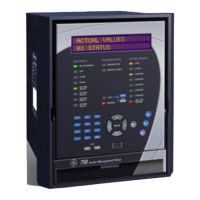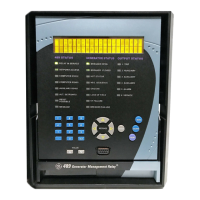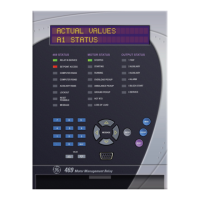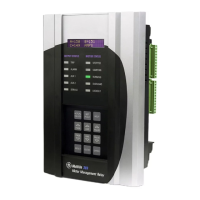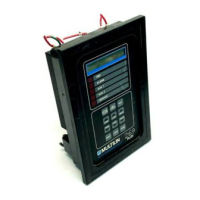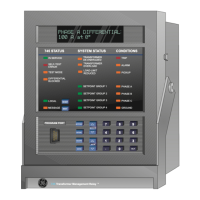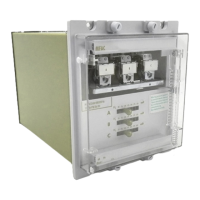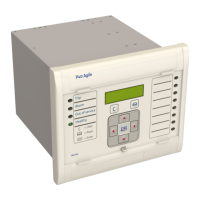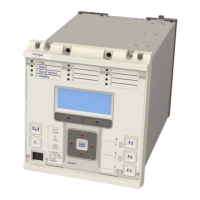Changing Setpoints
745
Transformer Management Relay
Getting Started
http://www.GEindustrial.com/multilin
1–5
GE Multilin
Changing Setpoints
Introduction There are several different classes of setpoints, distinguished by the way their
values are displayed and edited. This section describes how to edit the values used
by all setpoint classes.
Hardware and passcode security features are designed to provide protection against
unauthorized setpoint changes. Since we will be programming new setpoints using
the front panel keys, a hardware jumper must be installed across the setpoint
access terminals (C1 and C2) on the back of the relay case. A keyswitch may also be
used across these terminals to enable setpoint access. Attempts to enter a new
setpoint via the front panel without this connection will be unsuccessful.
Using the HELP Key Each numerical setpoint has its own minimum, maximum, and increment value
associated with it. These parameters define what values are acceptable for a
setpoint.
1. Select the
S2 SYSTEM SETUP !" VOLTAGE INPUT !" NOMINAL VT SECONDARY VOLT-
AGE setpoint.
2. Press HELP. The following context sensitive flash message will appear for several
seconds. For the case of a numerical setpoint message, the HELP key displays the
minimum, maximum, and step value.
Numerical Setpoints The following two methods of editing and storing a numerical setpoint value are
available.
1. 0 to 9 and the decimal key: The relay numeric keypad works the same as that
of any electronic calculator. A number is entered one digit at a time. The left-
most digit is entered first and the right-most digit is entered last. Pressing the
ESCAPE key, before the ENTER key, returns the original value to the display.
2. VA L U E & and VA L U E %: The VA L U E & key increments the displayed value, by the
step value, up to the maximum value allowed. While at the maximum, pressing
the VA L U E & key again will allow setpoint selection to continue from the minimum
value. The VA L U E % key decrements the displayed value, by the step value, down
to the minimum value. Again, continuing to press the VA L U E % key while at the
minimum value will continue setpoint selection from the maximum value.
As an example, let’s set the nominal VT secondary voltage setpoint to 69.3 V. Press
the appropriate numeric keys in the sequence ‘6 9 . 3‘. The display message will
change as the digits are being entered.
Editing changes are not registered until the ENTER key is pressed. Press the ENTER key
to store the new value in memory. This flash message momentarily appears to
confirmation the storing process. If 69.28 were entered, the value is automatically
rounded to 69.3, since the step value for this setpoint is 0.1.
Enumeration Setpoints Enumeration setpoints have data values which are part of a set, whose members
are explicitly defined by a name. A set is comprised of two or more members.
NOMINAL VT SECONDARY
VOLTAGE: 120.0 V
Range: 60.0
to 120.0 by 0.1
NOMINAL VT SECONDARY
VOLTAGE: 69.3 V
NEW SETPOINT HAS
BEEN STORED
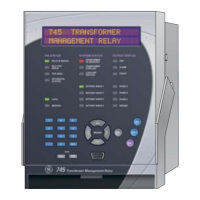
